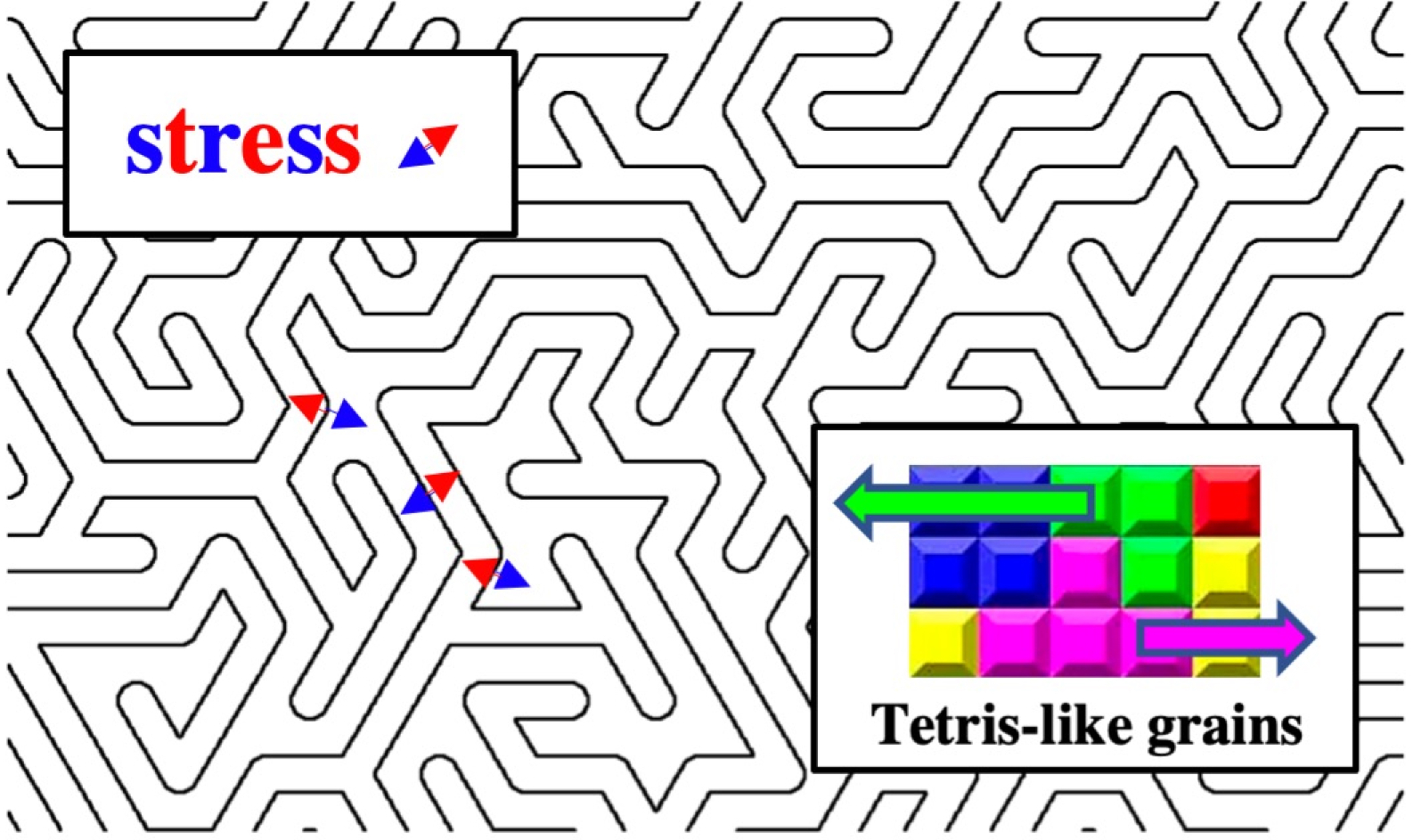Engineers at Duke University are leading not one, but two, new nationwide efforts to pioneer development in materials science and engineering. The U.S. Department of Defense (DoD) has funded each with a five-year, $7.5-million grant through the agency’s Multidisciplinary University Research Initiative (MURI) competition.
Stefano Curtarolo, the Edmund T. Pratt Jr. School Distinguished Professor of Mechanical Engineering and Materials Science, is leading a project using artificial intelligence (AI)-materials tools to design recipes for a new class of materials tailored to super-hard, high-temperature applications. Led by his team at Duke University’s Center for Autonomous Materials Design, the collaboration is working to synthesize inexpensive materials hard enough to stir two pieces of steel together with little wear and tear for use in friction stir welding and other applications of high priority by DoD.

The class of so-called “high-entropy” materials derives enhanced stability from a chaotic mixture of atoms, rather than relying solely on the orderly atomic structure of conventional materials. After first demonstrating this approach with carbides in 2018, the researchers will now look to add borides into the irregular self-organized structures to produce some of the hardest materials ever made.
The MURI project includes researchers from Pennsylvania State University, North Carolina State University, Missouri University of Science and Technology, and the University at Buffalo.
Learn more about this research here >>
Maiken Mikkelsen, James N. and Elizabeth H. Barton Associate Professor of Electrical and Computer Engineering, is leading a project to develop a “super camera” that captures just about every type of information that light can carry, such as polarization, depth, phase, coherence and incidence angle. The new camera will also use edge computing and hardware acceleration technologies to process the vast amount of information it captures within the device in real-time.
Current cameras for advanced optical sensing typically can only focus on one property of light at a time and rely on bulky and costly scanning systems, which severely limits their usage.

This MURI team is exploiting breakthroughs in the fields of metasurfaces, computational design, fundamental modal optics and information theory to create an imaging system that can handle both sensing and processing, while simultaneously streamlining its size and weight.
In 2019, Mikkelsen demonstrated a plasmonic metasurface’s ability to capture six frequencies of light, ranging from infrared to ultraviolet, in a few trillionths of a second on a single inexpensive chip. The goal of that work was to create a small, inexpensive hyperspectral camera for applications such as cancer surgery, food safety inspection and precision agriculture.
Joining Duke in the new MURI project are researchers from the California Institute of Technology, City University of New York, Harvard University, Stanford University and the University of Pennsylvania.
